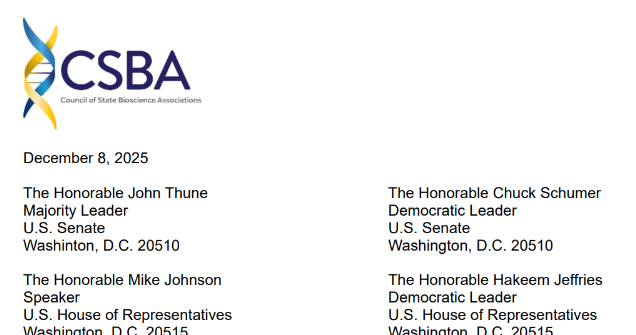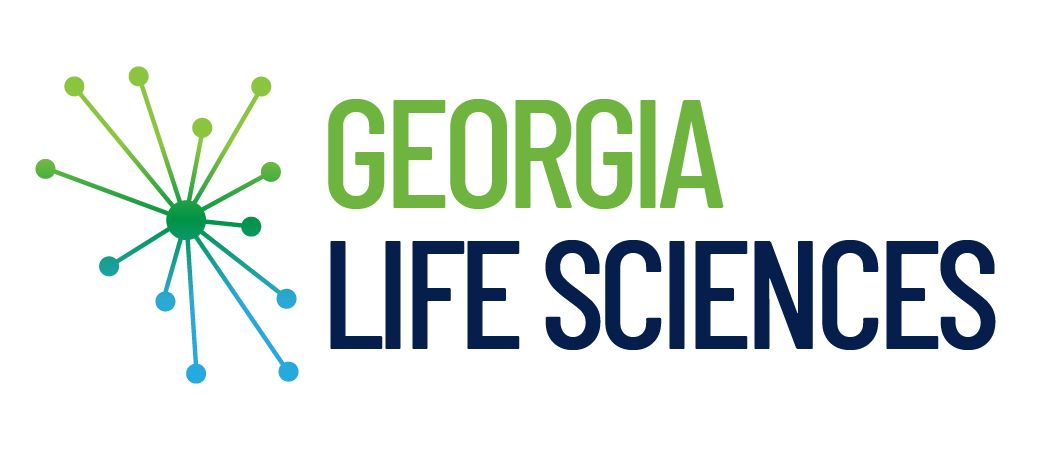U.S. ‘Industrial Bioeconomy’ Adds $210.4B and 643,992 Jobs, Says Report; Georgia in Top 10
Georgia in Top 10 in Multiple Areas
Biomanufacturing advocates released a new report that provides a closer look at the employment, wages, and economic activity driven by the U.S. industrial bioeconomy. Authored by TEConomy Partners, the report, “The Economic Impact of the U.S. Industrial Bioeconomy,” illuminates an increasingly important segment of the U.S. economy associated with biomanufacturing and bioproducts (those other than food, beverages, and pharmaceuticals).
Included in the report are state and federal figures for economic activity tied to the transformation of renewable biomass into fertilizers, bioplastics, biofuels, bio-lubricants, and a host of other industrial bioproducts, as well as the research and development of microbes, enzymes, biocatalysts, and other technologies used in modern biomanufacturing. Supporting expansion in the sector is a key goal of the National Biotechnology and Biomanufacturing Initiative, as outlined by President Biden.
Georgia is featured prominently in the report.




